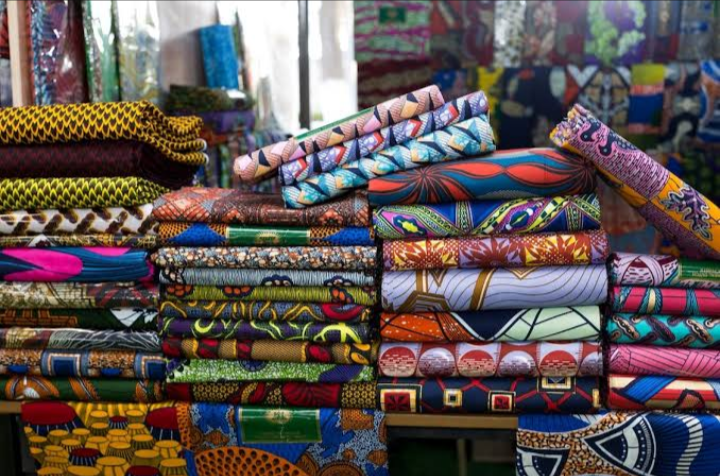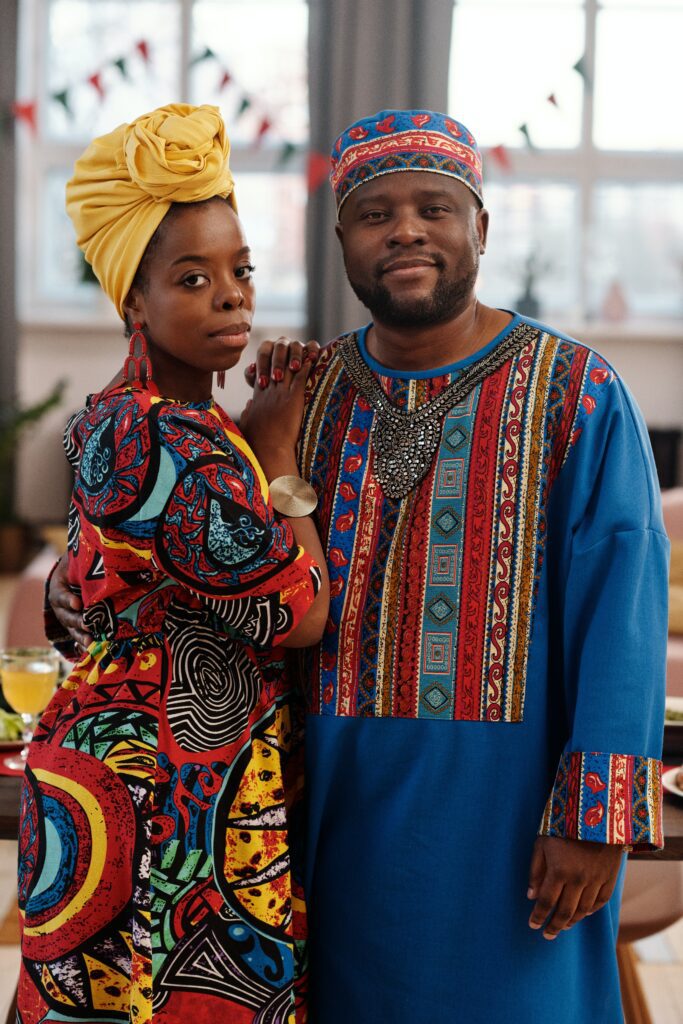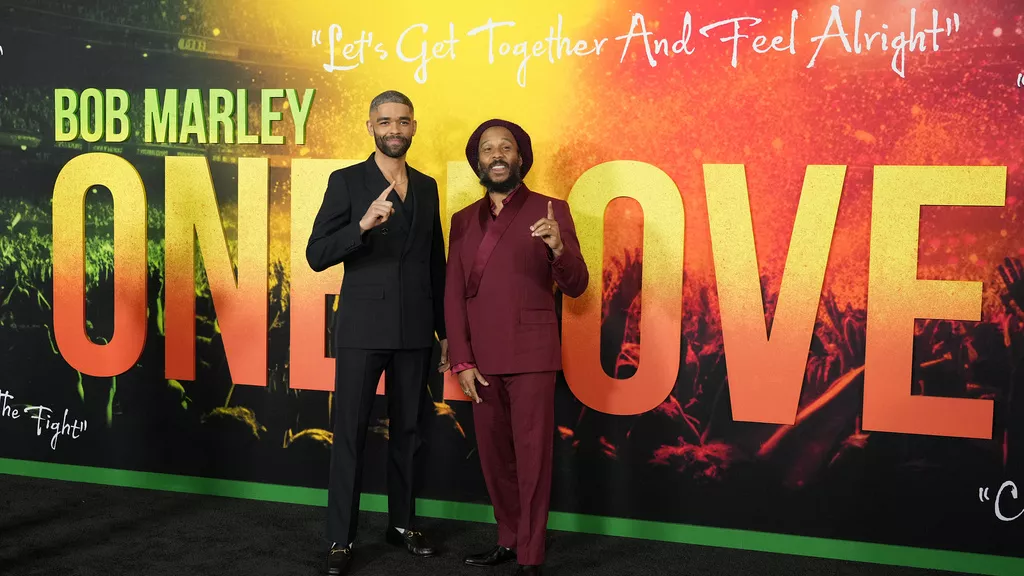African fashion is not just clothing; it’s a cultural expression, a form of identity, and a statement of heritage. With its vibrant prints, intricate beadwork, and hand-woven textiles, the fashion of Africa stands as a tapestry woven with creativity, history, and innovation, setting it apart from the rest of the fashion world. Here’s what makes it unique:
Read also: Kaunda suit: The darling wear of African leaders
Diverse Cultural Influences
One of the key elements that make African fashion unique is its diversity, reflecting the rich tapestry of cultures across the continent. With 54 recognized countries and thousands of ethnic groups, each region boasts its distinct style. From the colorful kente cloth of Ghana to the flowing caftans of North Africa, these regional variations contribute to the extraordinary diversity in African fashion.
Read also: 5 stunning and effortless braided hairstyles for African hair
Vibrant and Bold Prints
African fashion is bold, eye-catching prints and patterns. These prints are often inspired by the natural surrounding and tribal symbols. Wax print fabrics, like the popular Dutch wax prints, are a symbol of African fashion, and they come in an array of colours and complex designs. These prints not only capture the beauty of Africa but also convey powerful stories and messages.

Handcrafted Excellence
Many apparel and accessories are created with meticulous attention to detail. Beadwork is a notable example of this dedication to craftsmanship, where elaborate patterns and colors are woven into every piece. From beaded necklaces to handmade shoes, it explains the artisanal spirit.
Sustainable Practices
In an era where sustainability is a buzzword in the fashion industry, African fashion has long embraced eco-friendly practices. The use of natural, organic materials such as cotton, jute, and silk is common. Furthermore, the up cycling and recycling of textiles into new creations is proof of the sustainable nature of African fashion. Many designers focus on ethical fashion, stressing fair wages for artisans and eco-conscious production processes.
Read also: Which are the 9 largest cities in Africa?
Rooted in Tradition
Designers and manufacturers craft many garments and accessories with meticulous attention to detail. Garments like the dashiki from West Africa or the kitenge from East Africa are more than just clothing; they are symbols of cultural identity and historical significance. The fusion of modern and traditional elements brings heritage into contemporary designs.

A Platform for Storytelling
African fashion is a medium for storytelling. It tells tales of cultural significance, often portraying proverbs, legends, and historic events through the intricate patterns and symbols. Each fabric, bead, or embroidery conveys a narrative, allowing individuals to carry stories with them.
Influential Creativity
African fashion designers have a global impact on the industry. The creative innovations and artistic flair of African designers have caught the attention of international fashion houses and trendsetters. Notably, African fashion weeks have emerged on the global stage, showcasing an excess of talented designers who blend traditional elements with modern aesthetics.
Accessories with a Difference
African fashion isn’t limited to clothing. Accessories like head wraps, tribal jewelry, and footwear are crucial to the overall beauty. The bold and complex design of accessories add a unique layer to the fashion landscape, allowing individuals to express their character through their choices.
A Fusion of the Past and the Present
There’s a unique fusion of past and present, where traditional attire blends perfectly with modern pieces. Designers often rethink traditional elements in modern clothing, creating a dynamic style that captures the essence of African culture while changing to current trends.



